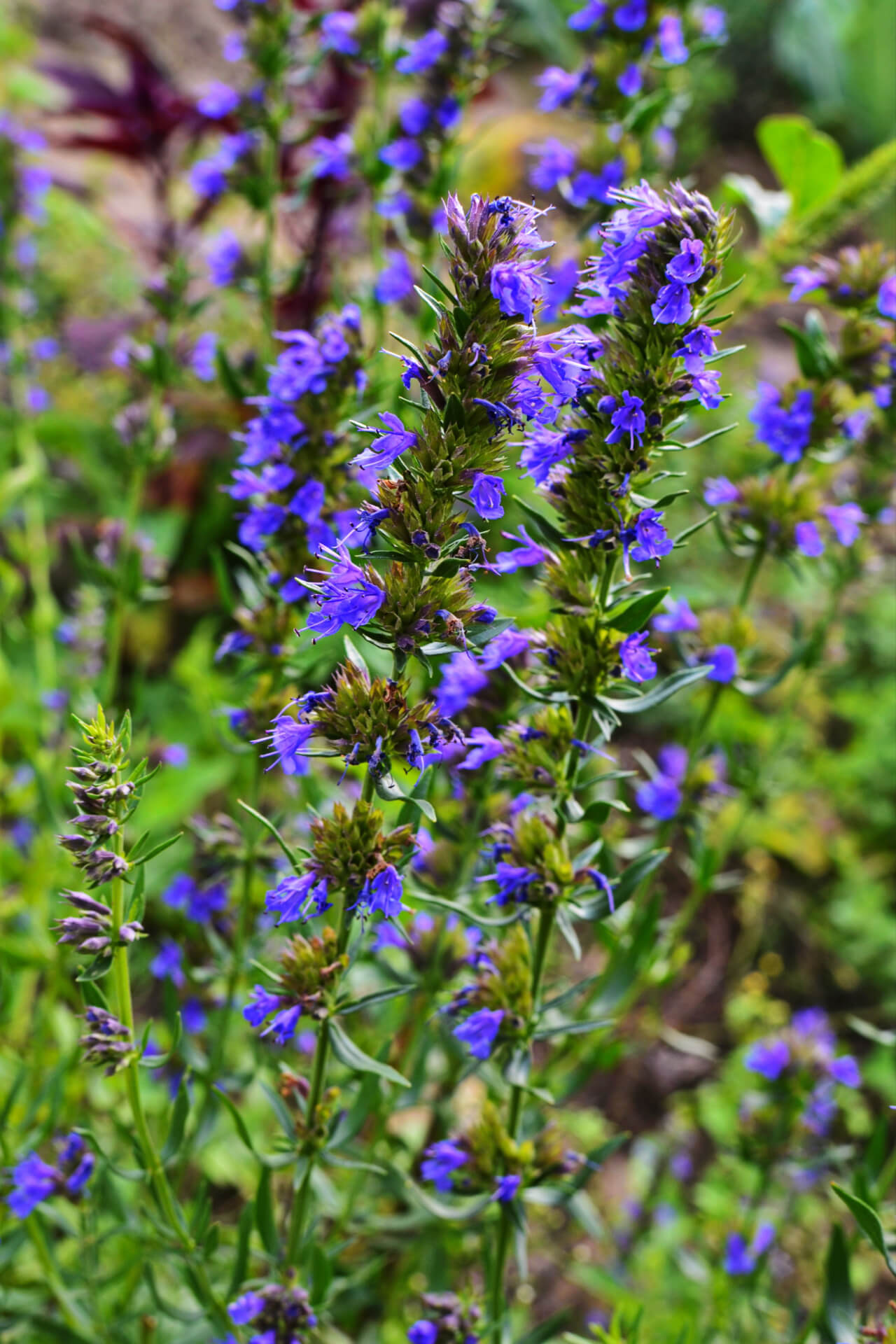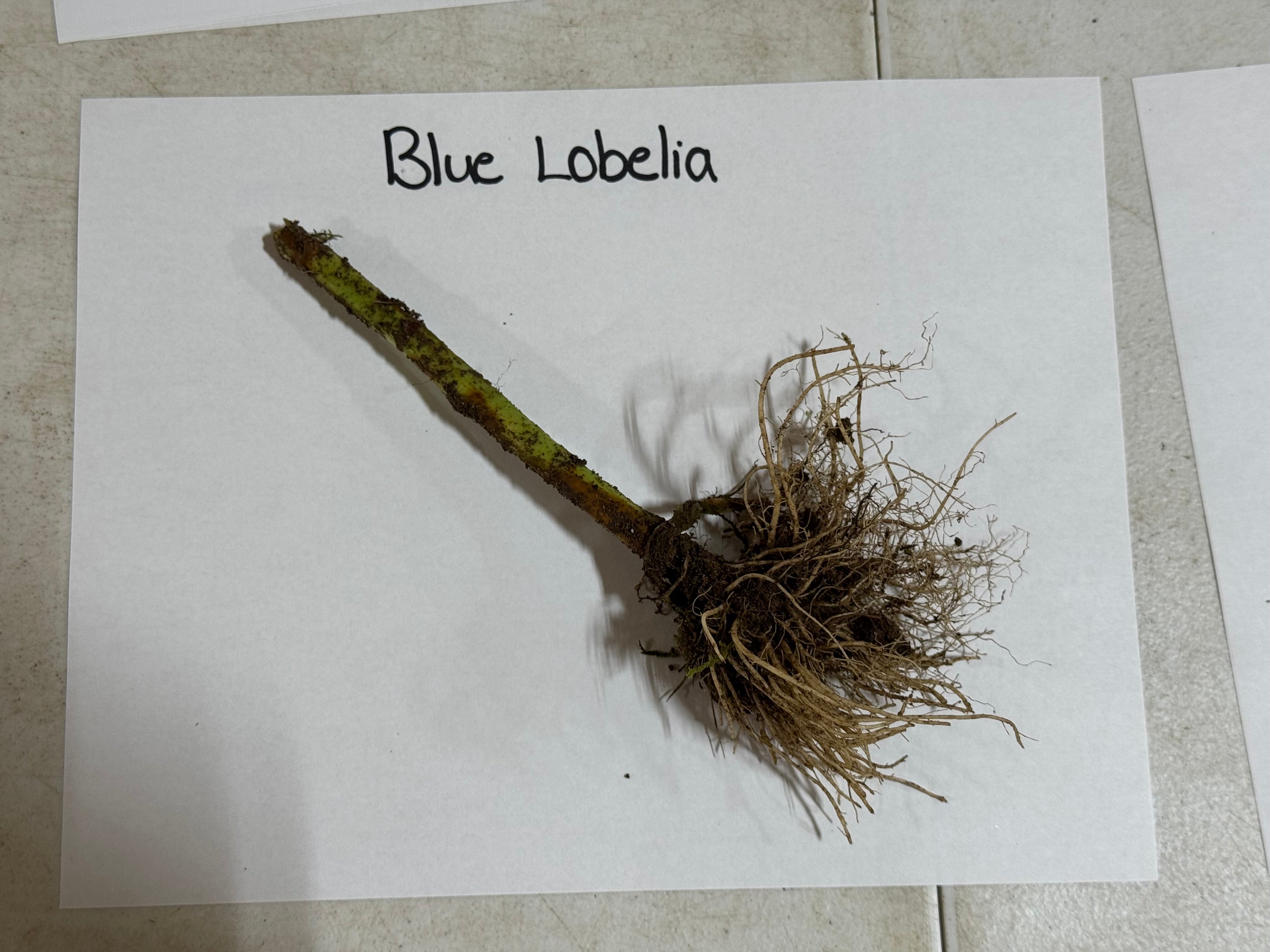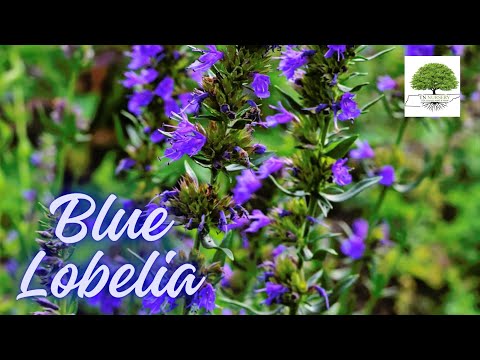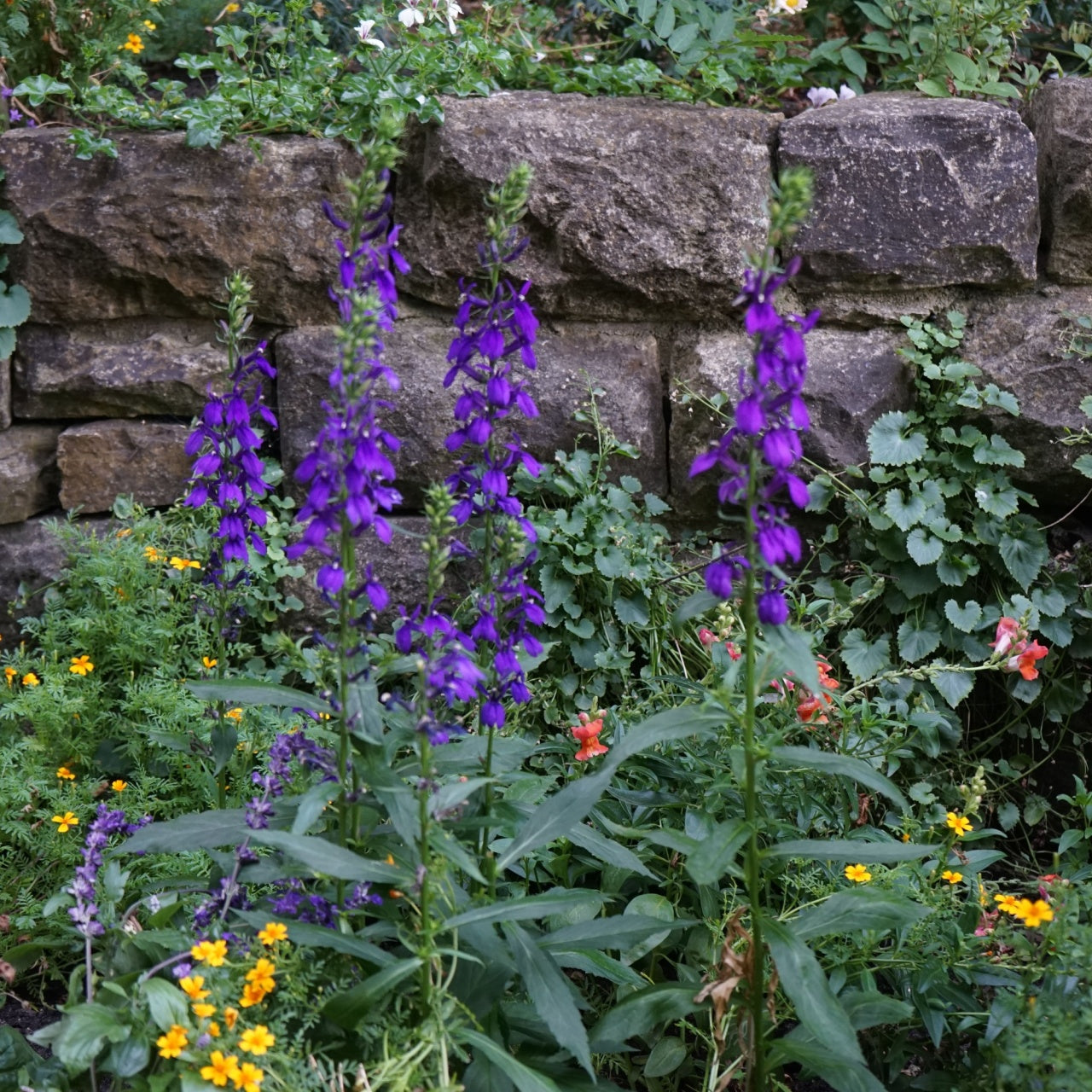Great Blue Lobelia For Sale
Great Blue Lobelia (Lobelia siphilitica) perennial plants dazzle with tall spires of vivid blue flowers that light up late summer gardens and attract hummingbirds and pollinators in abundance. Their striking color and elegant form bring a bold, natural beauty to borders, wildflower gardens, or water’s edge plantings. Hardy and easy to grow, they thrive year after year, making them a must-have for any gardener who wants both color and ecological impact.
The Great Blue Lobelia flowers from late summer to mid-autumn, producing a raceme of adorable, blueish, two-lipped flowers. The inflorescence rises tall above its finely toothed, wavy-edged foliage that persists along a rigid stalk. It can reach heights of 2-3 feet and form clumps that eventually spread throughout the growing area.
Their flowers are long-lasting. With their emergence in late summer and early fall, they are not only an important food source for pollinators but also provide a floral display long after spring-flowering perennials have died back, rounding out the season for your garden.
Lobelia Siphilitica Plant Details
Family: Campanulaceae
Hardiness Zones: 4 to 9
Light Requirement: Full sun to partial shade
Water Needs: High
Height: 2 to 4 ft
Spread: 1 to 1.5 ft
Growth Rate: Moderate
Bloom Time: Mid-summer to early fall
Flower Color: Light to dark blue
Wildlife Value: Attractive to pollinators
The Blue Lobelia is known for its medicinal properties. Native Americans used this plant to treat nosebleeds, coughs, and headaches. It was even used to treat symptoms of syphilis, from which it was given its Latin name of “siphilitica.”
Garden Uses & Growing Tips
These blue lobelia perennials are pest and disease-free, deer-resistant, and easy to grow, requiring little to no maintenance. They prefer moist to wet soils with rich humus. To encourage more flower production, deadhead this plant once the flower spike is finished.
Greatest Assets In a Garden
Late summer – autumn flowering, attractive to pollinators, grows well in wet soil. With its tall flowering stalk and clump-forming growth habit, this perennial will add unique layers of texture and vibrant color to your garden to keep you looking forward to its late summer flowering season.
Exposure
Blue Lobelia flourishes in full sun to partial dye. It prefers bright, indirect light or filtered sun, which helps it grow well and produce vibrant blooms. Ensure it receives adequate moisture for optimal health and flowering.
Height at Maturity
Over 12"
Usage
Pollinator Plant
Shipped As
Bare-root
Ships
USPS
Planting Zones
3-9





